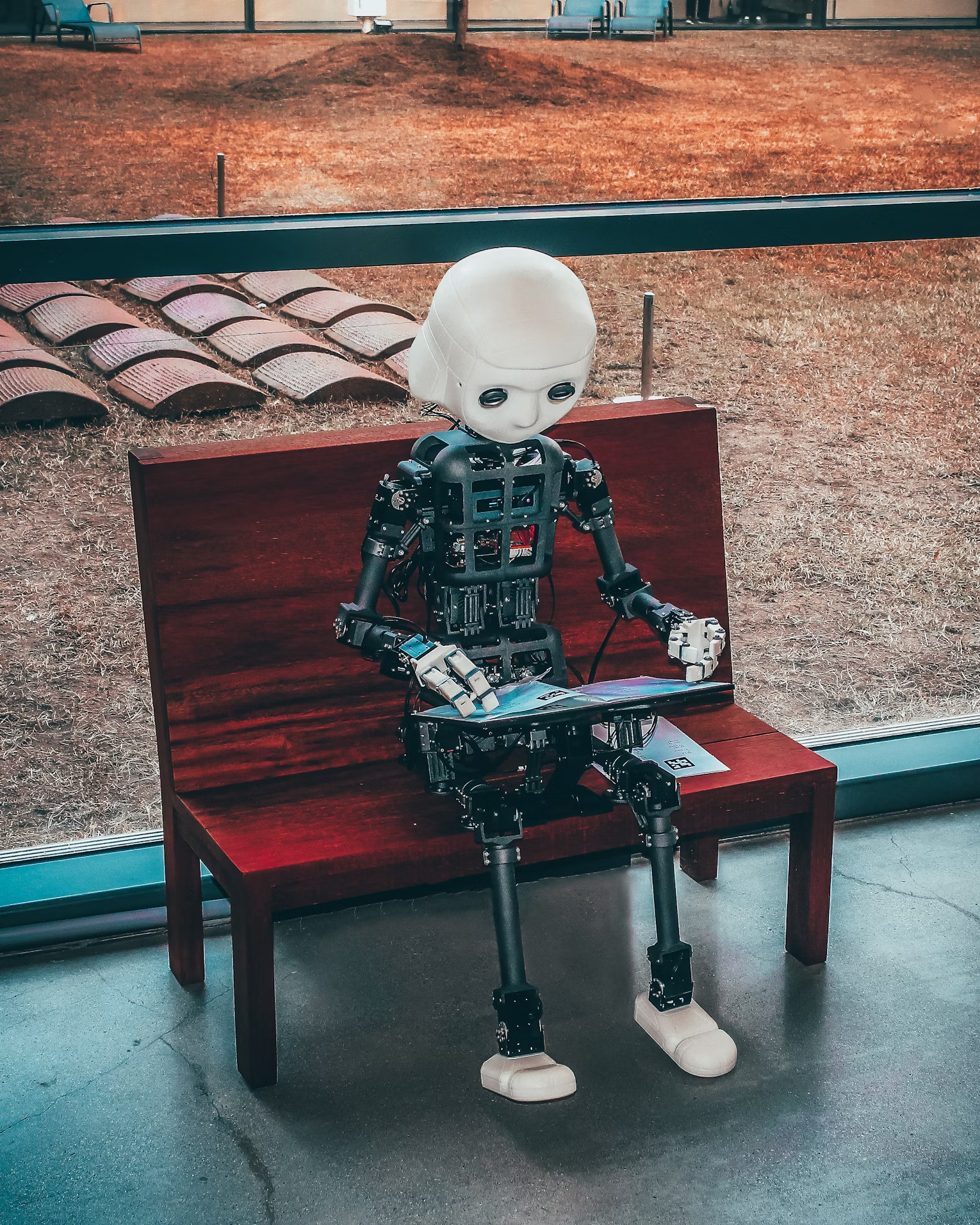by Lowell Rice
Lowell’s passion for finances and business took a new turn during the pandemic, leading her to discover the enchanting world of writing. What started as a hobby soon became her full-time occupation as she now focuses on providing insightful tips on personal finance, work life, and navigating the business landscape through various online platforms.
In today’s digital age, Artificial Intelligence (AI) is transforming numerous industries, including the field of writing. Whether you’re an experienced writer or a student utilizing a free plagiarism checker, the impact of AI on writing is significant and diverse. Let’s explore how AI is reshaping the writing landscape, addressing plagiarism concerns, and influencing the dissemination of misinformation.
The Emergence of AI in Writing
AI as a Writing Assistant
Imagine having a tireless personal assistant always at your service to help you craft flawless sentences. AI-powered writing tools offer just that. From grammar and style suggestions to content generation, these tools are revolutionizing the way we write. Programs like Grammarly and Hemingway Editor analyze your text in real time, providing instant feedback on grammar, readability, and tone.
Content Generation
AI not only aids in refining existing content but can also generate new material from scratch. Tools like OpenAI’s GPT-4 can create articles, stories, and even poetry that closely resemble human-written content. This capability is particularly valuable for businesses requiring large volumes of content quickly, such as blogs, social media posts, and marketing materials.
Personalized Writing Experience
AI can customize the writing experience to individual preferences. By analyzing a user’s writing style and preferences, AI tools offer personalized suggestions, making the writing process more efficient and enjoyable. This personalized approach helps writers of all levels enhance their skills and produce high-quality content.
Combatting Plagiarism with AI
Advanced Detection Techniques
Plagiarism has long been a concern in academic and professional settings. However, AI is transforming the landscape with advanced detection techniques. Unlike traditional plagiarism checkers that compare text against existing content databases, AI-powered tools analyze context, structure, and semantics, making it harder for plagiarists to go undetected.
Free Plagiarism Checkers
The availability of AI-powered free plagiarism checkers has democratized the fight against plagiarism. These tools are now accessible to everyone, from students to professionals, ensuring that content is original and properly attributed. By utilizing these checkers, we can uphold the integrity of our work and maintain high writing standards.
Preventing Unintentional Plagiarism
Unintentional plagiarism is a common issue, especially among students. AI tools can highlight areas that require proper citation or rephrasing, helping users avoid inadvertent plagiarism. This educational aspect of AI not only prevents plagiarism but also educates users on proper attribution and academic integrity.
The Dual Nature of AI: Addressing Misinformation
The Proliferation of Misinformation
While AI offers immense benefits, it also presents a dark side. The same technology that generates compelling content can also propagate misinformation. AI can produce fake news articles, deepfake videos, and misleading social media posts that are incredibly convincing.
Detecting Misinformation
Fortunately, AI is part of the solution as well. Advanced algorithms can identify patterns and anomalies indicative of misinformation. For instance, AI can analyze metadata in images and videos to detect deepfakes or trace the origins of news stories to assess their credibility. Social media platforms increasingly utilize these tools to flag and remove false information.
The Importance of Human Oversight
Despite AI advancements, human oversight remains essential. While AI can aid in detecting and combating misinformation, it cannot replace human judgment. Media organizations and tech companies must collaborate, using AI to complement human decision-making rather than supplant it.
Fostering a Critical Mindset
Questioning the Source
One of the key skills in the digital era is critically evaluating the source of information. When encountering news or articles, consider the author, their motives, and the publication. Reliable sources are transparent about their authorship and purpose.
Fact-Checking
Always verify facts before accepting information as truth. Cross-check information from multiple sources. If reputable sources corroborate the same facts, the information is likely accurate. AI tools can facilitate access to diverse sources for fact-checking.
Awareness of Bias
Bias exists in all media forms, and it’s crucial to recognize and acknowledge it. AI algorithms can inadvertently perpetuate bias if trained on biased data. As a reader, be mindful of potential bias and strive to consume information from a variety of perspectives.
Utilizing AI Responsibly
AI tools can aid in identifying reliable information and detecting misinformation. Leverage these tools wisely, but supplement them with critical thinking to make informed decisions about the content you engage with.
Ethical Considerations
Ethical AI Development
The development of AI for writing, plagiarism detection, and misinformation prevention should be guided by ethical considerations. Developers and users must prioritize transparency, accountability, and fairness in AI technologies.
User Education
Educating users is essential to promote responsible AI usage. Understanding how AI operates, its benefits, and limitations is crucial. By educating ourselves and others, we can make informed choices regarding the use of AI in writing and information consumption.
Balancing Innovation and Regulation
Striking a balance between fostering innovation and implementing necessary regulations is paramount. While encouraging AI technology advancement, guidelines must be established to prevent misuse. Collaboration among tech firms, governments, and civil society is vital in achieving this balance.





